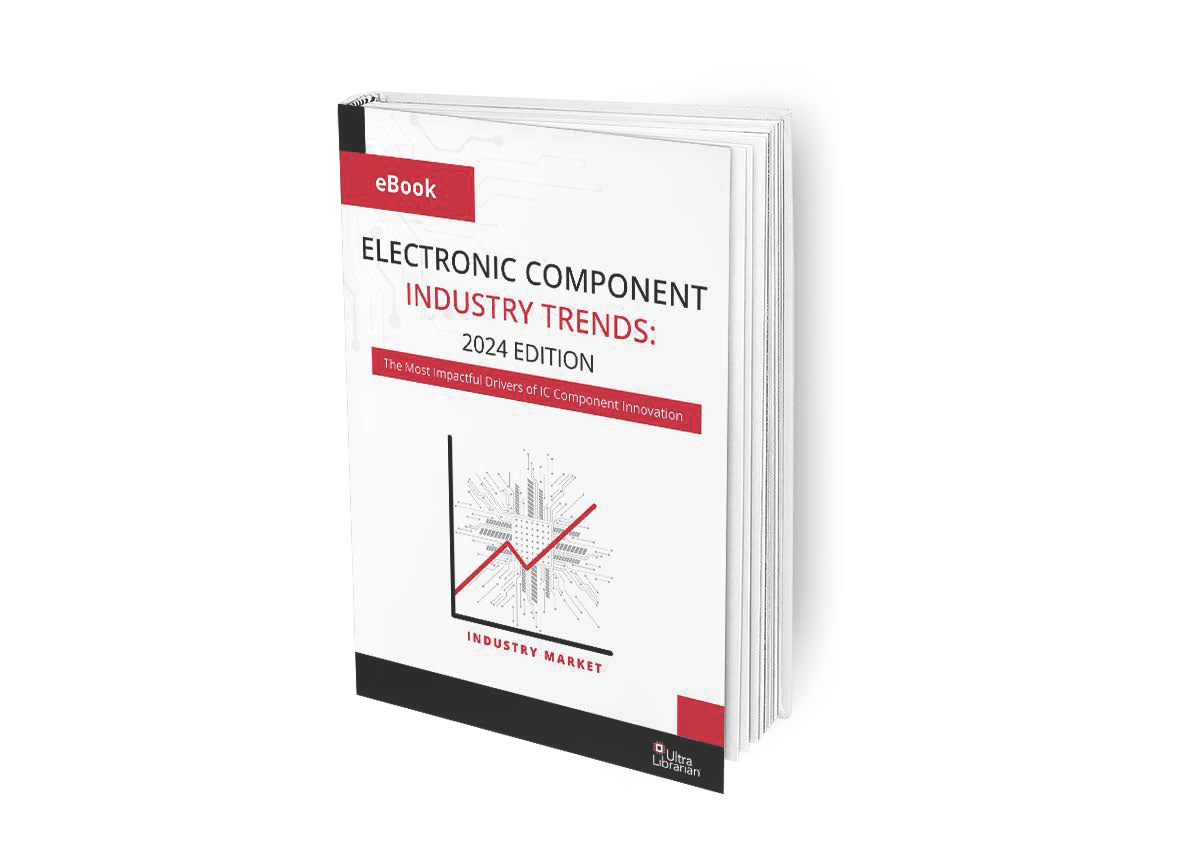
Until you can check off electronic component reliability your design is not complete.
Electronic circuits, devices, and systems are only as good as the components that compose them. In fact, virtually all electronic attributes depend on the quality, performance, safety, and durability of the constituent components. Collectively, these attributes define how reliably electromechanical devices, PCBs, and larger electronic-based systems will function and operate.
Consequently, by incorporating electronic component reliability into design and development, you can significantly improve the likelihood that your boards will successfully meet or exceed their projected operational lifecycles and avoid potential early and costly failures.
Selected Electronic Component Reliability Standards
The importance of component reliability is evidenced by the number of standards devoted to ensuring it, some of which are listed below.
Important Electronic Component Reliability Standards | ||
Industry Standard(s) | Purpose | Compliance Attribute (CA) |
A globally accepted standard that provides guidelines for managing the process quality of electronic and other products and systems. | Quality | |
This standard defines guidelines for surface mount electronic component footprints to promote quality designs and facilitate good fabrication and assembly. | Quality | |
A widely accepted standard that provides criteria to ensure electronic components and assemblies perform as intended. | Performance | |
To promote the use of components in the design and development of space-related systems that are proven to meet performance and availability requirements. | Performance | |
Provide guidelines for achieving safe interaction and electromagnetic compatibility (EMC) between electronic devices and systems. | Safety | |
Classifies and establishes regulations for the safe operation of radio frequency components and devices. | Safety | |
(RoHS) standards detail restrictions on the use of hazardous substances in the manufacturing of electronic devices to protect consumers and workers. | Safety | |
One of a number of automotive system standards establishes a set of measurable requirements for assessing the reliability of electronic components prior to use in vehicles. | Durability | |
Ensure components used in military equipment and systems are capable of withstanding the rigors of operating in harsh environments. | Durability | |
The list above is not exhaustive. Other groups, such as the Electronic Components Industry Association (EIA), provide component standards that promote the manufacture and delivery of quality components to end-users. However, the list is representative of the standards that PCB designers should be aware of, which prioritize reliability in the design and development of electronic components and the systems they are used in.
Compliance Attributes for Component Reliability
As indicated in the table above, electronic component reliability standards can be generally classified according to compliance attributes (CAs) that represent their primary focus or intent.
Essential Attributes for Electronic Component Reliability Compliance
Reliability should be a primary consideration when evaluating which components to select for your design. Drawing from a well-developed reliability database is probably your greatest asset in ensuring that selected components meet your reliability objectives. For new components, there are four key tenets or CAs to help you ascertain the reliability of potential candidates:
🗹 | Quality Component quality is a prerequisite for reliability. Ensuring it can be a challenge, however. The best solution is to lean on reliable resources for components, CAD models and design information, which is your best defense against sub-standard and counterfeit parts. |
🗹 | Performance Performance is probably the easiest CA to validate. By employing simulations and sound component information sources, like datasheets, you can analyze behavior and performance during the selection process. |
🗹 | Safety Most electronic industry standards incorporate the need for safe operation, with minimizing the risks of harm to individuals being the primary intent of many. Component safety is interwoven with board, device and system safety. Therefore, following design best practices and implementing protection circuitry are critical elements of designing safe PCBs. |
🗹 | Durability Durability and reliability are directly proportional to each other. Although, a structural integrity issue, ensuring durability begins with design. For example, instituting a DFM-aware CAD library and making sure board characteristics and dimensions are aligned with the equipment capabilities of your CM. |
Adopting an electronic component reliability compliance design strategy that enables you to check off the compliance attributes above will greatly improve the operational success and longevity of your PCBs once deployed.
If you’re looking for CAD models for common components or important information for achieving an electronic component reliability design, Ultra Librarian helps by compiling all your sourcing and CAD information in one place.
Working with Ultra Librarian sets up your team for success to ensure streamlined and error-free design, production, and sourcing. Register today for free.










